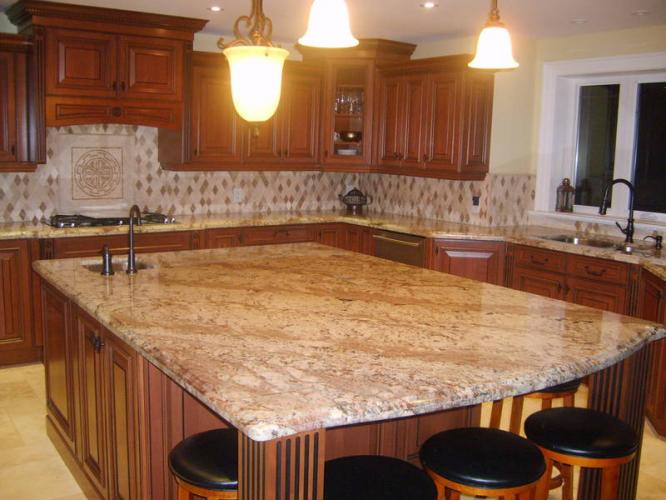After quite a long battle of inspections and air sampling (for mold), I finally learned that the air in my home contains an elevated level of VOC's in the "Paints, Varnishes, and Coatings" category. All other categories came back normal.
I've been in my home for 1 year and I've done no painting since I moved in (though I need to). Is there a way to eliminate or significantly reduce the VOC's from the existing layer of latex paint on the walls? I hoped that painting a new coat of zero-VOC paint would do the trick but I read that water-based paints are very breathable and likely would not solve the problem alone.
Does anyone have experience with this situation? I appreciate your recommendations.
- Home
- Blog
- Forum
- Green Home Topics

- »Healthy Home
- »Water Conservation
- »Energy Efficiency
- »Materials & Products
- »Resources
- Videos
- »From the Experts
- Remodeling with Passive House Approach
- How to Choose an Advanced Water Heater
- Choosing A Whole-House Ventilation System
- Selecting High Performance Windows
- Toward Zero Energy at Home - A Personal Example
- Remodel to Passive House Standards
- An Introduction to Ecological Landscaping
- Weingarten House at San Benancio - Energy
- A Deep Energy Retrofit Project
- Directory
- Events/News

- Shop
- About Us





